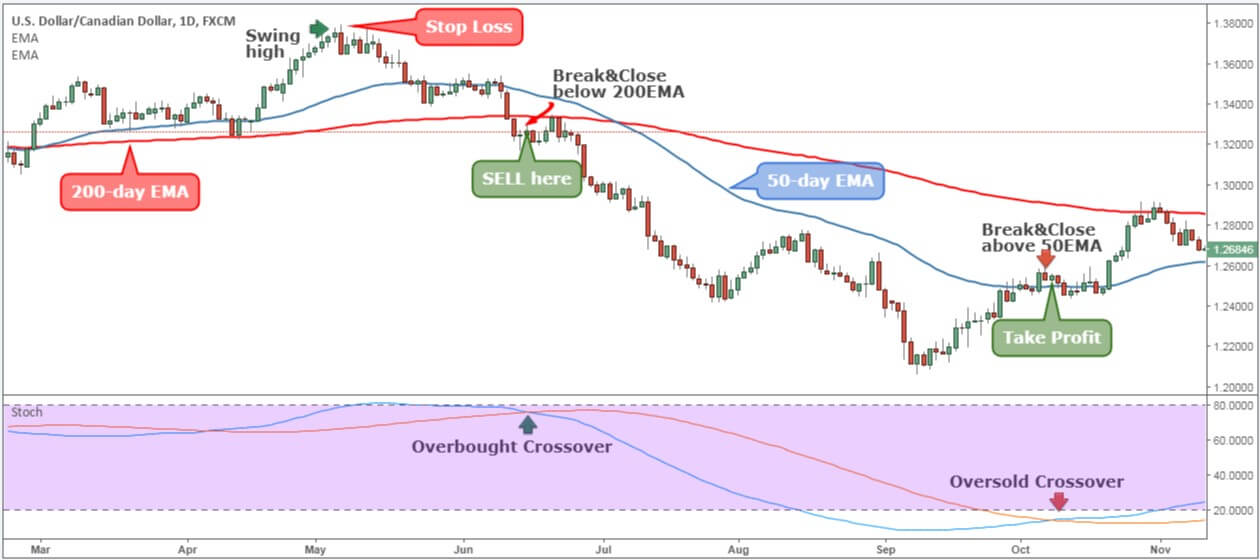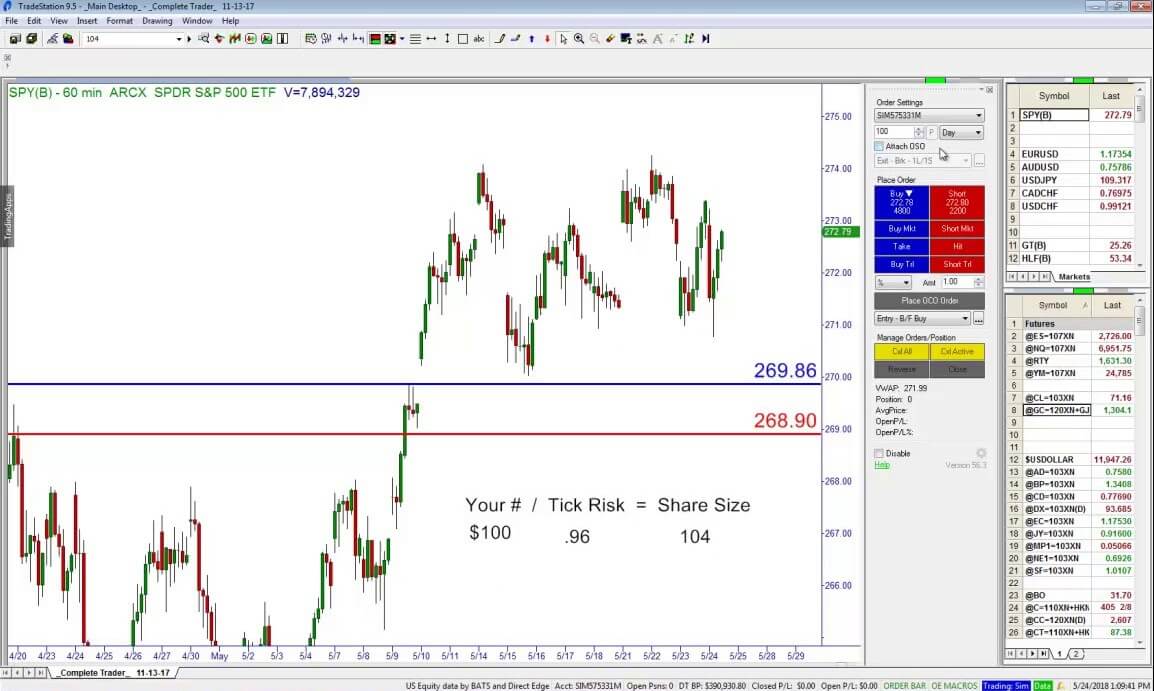If we look at it a little bit, in recent years, we have seen great trends that were noticed, first, in the JPY in the short term and later, in the recent long-term trend of the USD. Usually, when the market is in these conditions, many Forex traders begin to wonder why they are not getting the kind of trades where the winners last weeks or even months, gathering thousands of pips of profits in the process. This type of long-term trading is known as position trading or position trading.
Traders accustomed to short-term trading tend to find this style of trading as a major challenge they could hardly meet. It’s a shame that this happens because reality is usually the easiest and most profitable type of trading that retail Forex traders can find. Next in this article, I will describe a trading strategy with fairly simple and easy-to-follow rules, and that uses only a few indicators to try to catch and maintain the longer and stronger forex market trends.
Step 1. Choose the currencies to be traded.
To do this, you need to find out which currencies have been winning in recent months and which have been falling. A good time frame to use for this measurement is about 3 months and if it shows the same direction as the longer-term trend, as for example in the framework of 6 months, that would be a very good sign. A simple way to do this is to set a 12-period RSI and scan weekly charts of the 28 most important currency pairs each weekend. By noticing which currencies are above or below 50 in front of all or almost all of your currency pairs and crosses, you can have an approximation of which pairs should be traded during the following week. The idea, basically, is “buy what’s going up and sell what’s going down”. It’s against intuition, but it works in most cases.
Step 2. Decide that yes and no.
You should now have a maximum of 1-4 currency pairs to trade. You do not need to trade excess pairs.
Step 3. Configure the graphics with the time frames D1, H4, H1, M30, M15, M5, and M1. Set an RSI of 10 periods, the EMA of 5 periods, and the SMA of 10 periods.
You are looking to place operations in the direction of the trend when these indicators align in the same direction as the trend in ALL TIME FRAMES during active market hours. That means having the RSI above the level of 50 for long operations or below that level for short operations. As for moving socks, for most pairs, this would be 8 a.m. to 5 p.m., London time. If both coins are from North America, I could extend this to 5 pm, New York time. If both currencies are from Asia, you can also look for operations during the Tokyo session.
Step 4. Decide what percentage of your account you will risk in each transaction.
Usually, the best thing is, risk less than 1% for each operation. Calculate the amount of money you are going to risk and divide it by the Average True Range (ATR) of the last twenty days of the pair you are going to negotiate. This is the amount you should risk per pip. Keep it that way.
Step 5. Enter the transaction according to point 3) and place a stop loss in the ATR of 20 Days from your ticket price.
Now you should be patient, watch, and wait.
Step 6. If the trade moves quickly against you by about 40 pips and shows no signs of turning around, run the output manually.
If this does not happen, wait a couple of hours and check again at the end of the trading day. If the trade is not showing a positive candle pattern in the desired direction, then exit the trade manually.
Step 7. If the trade is in your favor at the end of the day, then watch and wait for you to go back to your point of entry.
If you don’t bounce back within a few hours of reaching your entry point, quit trading manually.
Step 8. This should continue until your operation reaches the profit level twice that of your stop loss.
At that point, move the stop to break even (also known as deadlock, balance, or break-even).
Step 9. As the trade moves more in your favor, move the stop up under the support or resistance, as appropriate for the direction of your operation.
It will eventually be stopped, but in a good trend, the operation should provide thousands or at least hundreds of pips.

You can be a Positions Trader if:
-You are an independent thinker.
-You are able to ignore popular opinion and make your own educated conclusions as to where the market is headed.
-You have a great understanding of the fundamentals and have good foresight on how they affect your currency pair in the long run.
-You have thick skin and can resist any recoil you face.
-You have the capital to be able to support several hundred pips if the market turns against you.
-You don’t mind waiting for your big reward. Long-term Forex trading can give you from several hundred to several thousand pips. If you are excited to move to 50 pips and already want to leave the trade, consider moving to a short-term trade style.
-You’re extremely patient and calm.
You may NOT be a Position Trader if:
-You will easily be influenced by popular opinions about the markets.
-You don’t have enough knowledge of how they can affect the fundamentals markets in the long run.
-Don’t wait. Even if you are somewhat patient, this may still not be the negotiating style for you. Don’t wait You have to be the ultimate zen master when it comes to this kind of patience!
-You don’t have enough seed money.
-You do not like it when the market goes against you.
-You like to see your results quickly. It may not bother you to wait a few days, but months or even years is too long for you to wait.
Obviously, you should customize this strategy a little according to your preferences. However, whatever you do and whatever you decide, assume you will have a large share of losing operations and spend long periods of time where there will be no operations – which is boring – or where each operation is a loser or ends in a stalemate. There will be moments of frustration and difficult periods. However, you will earn money in the long run, if you follow this type of trading strategy of the forex markets, as you will follow the eternal principles of solid and successful trading.
Finally, to close with a twist, if you really want to develop a trading strategy to make sure your trades are winning, when trading Forex, don’t forget the following:
– Cut soon your operations with losses
– Let your operations run with profit
– Never risk too much in a single operation.
– Set the size of the positions according to the volatility of the market where you are trading.
– Work with the trend.
– Do not worry about taking the first segment of a trend or its duration. What is sufficiently safe and profitable is the middle part.

